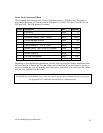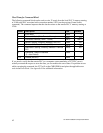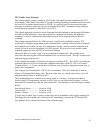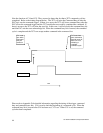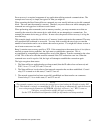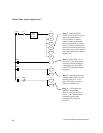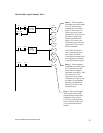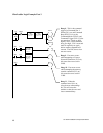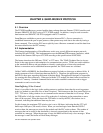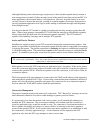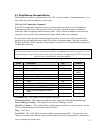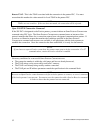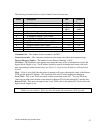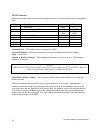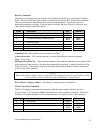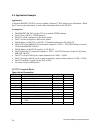
CTI 2572 Installation and Operation Guide
49
CHAPTER 5. SEND-RECEIVE PROTOCOL
5.1. Overview
The TCP/IP SEND/RECEIVE protocol enables data exchange between Siemens S7/S5 Controllers and
Siemens SIMATIC 505 PLCs using a 2572 TCP/IP module. In addition, it may be used to transfer
data between two SIMATIC 505 PLCs equipped with 2572 modules.
S
END/RECEIVE establishes a peer-to-peer connection between PLCs. Once a connection is
established between the peer-to-peer partners, either partner may send data to the other by issuing a
S
END command. The receiving PLC must explicitly issue a RECEIVE command to read the data from
the network buffer into the PLC memory.
5.2. Implementation
The Siemens implementation of SEND/RECEIVE works over several different transport protocols,
including ISO and TCP/IP. This implementation uses the ISO-on-TCP transport connection, which
interfaces the Siemens OSI layers to TCP/IP according to the specifications in RFC1006.
The feature introduces the OSI term “TSAP” to 2572 users. The TSAP (Technical Service Access
Point) is the name given to each endpoint of a communications session. TSAPs are used in addition
to the standard IP address and port number to identify a particular set of data to be transferred.
Before a connection can be established between partners, the TSAP names are validated.
Unlike CAMP or MODBUS, the S
END/RECEIVE protocol includes no data type or address fields. It
simply transports a block of data bytes between the PLCs. Therefore, the application programs in
both PLCs must agree regarding the format of the data block. The application designer is responsible
for ensuring this data consistency. When used with the 2572 module, the data format is restricted to
blocks of V memory. Standard command blocks are used to establish connections and to trigger
commands to send or receive data.
Data Buffering / Flow Control
Since it is possible for the logic in the sending partner to send data faster than the receiving partner
reads it, a method to control the flow of data is required. This feature uses the flow control built in to
TCP. TCP uses a sliding window size to communicate the amount of data that it will accept. When
the TCP buffer is full, the window size will be reduced to 0, indicating to the partner that no more
data will be accepted. When the data in the TCP buffer is read by the PLC, the window size is
increased, indicating that additional data may be sent.
For this feature, the maximum TCP window size is set to 560 bytes, indicating that the 2572 will
buffer up to 560 bytes (280 words) of data. When you send messages faster than the 505 PLC
receives them, the messages are stored in the module until the PLC retrieves them. The number of
messages that can be stored in the data buffer is inversely proportional to the amount of data
contained in a message. When the message is large, the buffer will hold only a few messages. When
the message is small, the buffer will hold many messages.



